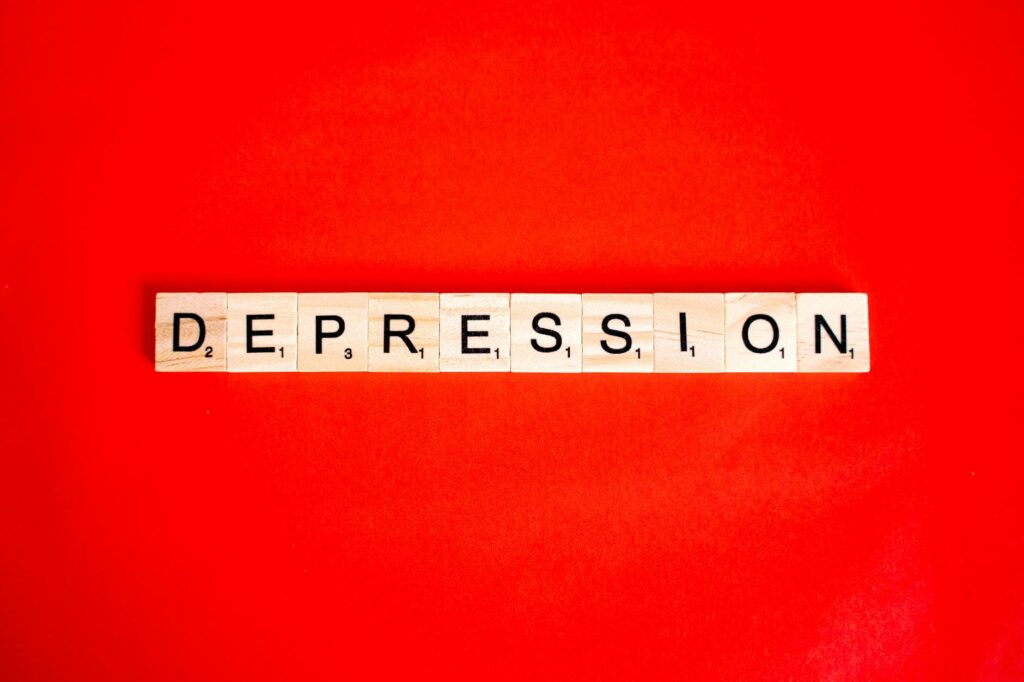What is stigma reduction?

What is stigma reduction?
In today’s world, stigma can shape how we perceive ourselves and others. Stigma reduction is a crucial process aimed at diminishing negative beliefs associated with certain conditions, particularly mental illness and addiction. By understanding stigma and its implications, we can foster a more inclusive society where individuals feel empowered to seek help without fear of judgment.
Understanding Stigma
Stigma refers to the negative attitudes and beliefs that society holds about particular circumstances or individuals. This can manifest in several forms, including:
-
Social Stigma: This involves the prejudices that society holds against individuals with certain characteristics. For instance, people with mental health issues might be viewed as unstable or dangerous.
-
Self-Stigma: This occurs when individuals internalize societal stigma, leading to feelings of shame or low self-worth. Those with mental illness may begin to believe they are lesser than others, which can exacerbate their conditions.
-
Institutional Stigma: Often embedded in policies and practices, institutional stigma can occur in healthcare, workplaces, and educational institutions. For instance, if an organization does not provide adequate support for mental health, it may discourage individuals from seeking help.

Photo by Anna Tarazevich
The Impact of Stigma
Stigma can have profound effects on individuals and communities. It not only influences how people view and interact with those facing mental health challenges but also affects the well-being of the stigmatized individuals themselves.
For instance, stigma often leads to social exclusion, where individuals may isolate themselves due to fear of being judged or misunderstood. This isolation can hinder their ability to seek help, ultimately worsening their conditions. Studies show that stigma is linked to higher rates of anxiety, depression, and even suicide among those affected. When stigma goes unaddressed, the consequences can ripple through families and communities, perpetuating cycles of misunderstanding and fear.
Strategies for Stigma Reduction
Effectively reducing stigma requires a multifaceted approach. Here are several strategies that have shown promise:
Education and Awareness
Education is key to changing perceptions. By informing the public about mental health, we can dispel myths and challenge stereotypes. Schools, workplaces, and community organizations should prioritize mental health education, enabling individuals to recognize signs of mental illness and understand that it’s a common issue that can affect anyone.
Programs that promote awareness can also include interactive workshops, public forums, and distribution of informative materials. Such initiatives can encourage open discussions, reducing fear and fostering acceptance.
For more insights on overcoming the stigma of mental illness, you can check out this informative resource from the Mayo Clinic.
Language and Communication
The words we choose matter. Stigmatizing language can perpetuate negative beliefs. Using respectful and compassionate language can help reshape narratives around mental health.
For example, instead of labeling someone as “schizophrenic,” it’s more appropriate to say “a person with schizophrenia.” This subtle shift emphasizes the individual rather than their condition, promoting respect and dignity.
Choosing words carefully in everyday conversations can significantly impact societal attitudes. It’s essential to challenge derogatory remarks and promote positive discussions about mental health.
Community Involvement and Support
Community support plays a vital role in stigma reduction. Programs that encourage community involvement, such as peer support groups, can help foster understanding and acceptance. When individuals see others like themselves speaking openly about their struggles, it reduces the feeling of isolation and encourages them to seek help.
Additionally, grassroots movements often lead the charge in changing societal norms. Local initiatives can include awareness campaigns, mental health fairs, and partnerships with businesses that promote mental health resources.
For more on community strategies to combat stigma, visit CAMH.
Measuring the Effectiveness of Stigma Reduction Efforts
To understand whether stigma reduction strategies are working, we need effective measurement tools. Here are some methods to assess the impact of these initiatives:
Indicators of Success
Success can be measured through various metrics, such as:
-
Surveys and Questionnaires: Pre-and post-initiative surveys can provide insight into changes in attitudes and knowledge regarding mental health.
-
Participation Rates: Tracking the number of individuals engaging in mental health programs can indicate increased awareness and willingness to participate in discussions.
-
Qualitative Feedback: Listening to stories from individuals affected by stigma can provide powerful insights into the effectiveness of stigma reduction efforts.
Case Studies
Real-world examples can illuminate the effectiveness of stigma reduction campaigns. One notable example is the “Time to Change” campaign in the UK, which aimed to change attitudes towards mental illness through personal stories, media engagement, and community events. Reports indicated a significant shift in public attitudes, showcasing how sustained efforts can lead to positive change.
Similarly, the National Institute of Mental Health conducted studies demonstrating the power of education in reducing stigma and improving mental health outcomes.
Conclusion and Call to Action
Stigma reduction is not just a noble goal; it’s a necessary step toward improving mental health awareness and support in our communities. By understanding what stigma is, recognizing its impact, and employing practical strategies to combat it, we can foster a society where everyone feels safe to seek help.
Let’s take action—whether it’s educating ourselves, using respectful language, or getting involved in community initiatives, every step counts. Together, we can create a world where stigma is diminished, and everyone has the opportunity to thrive.